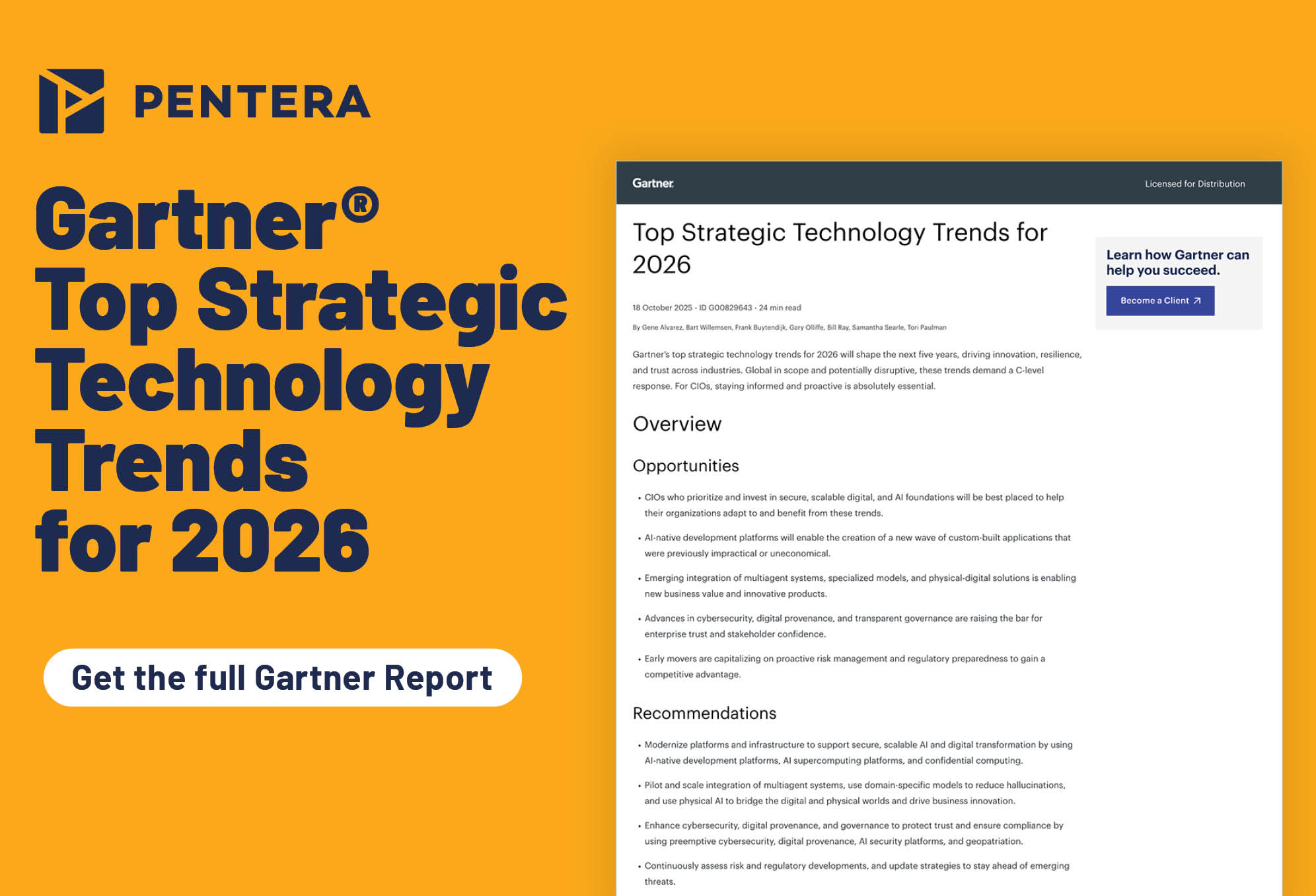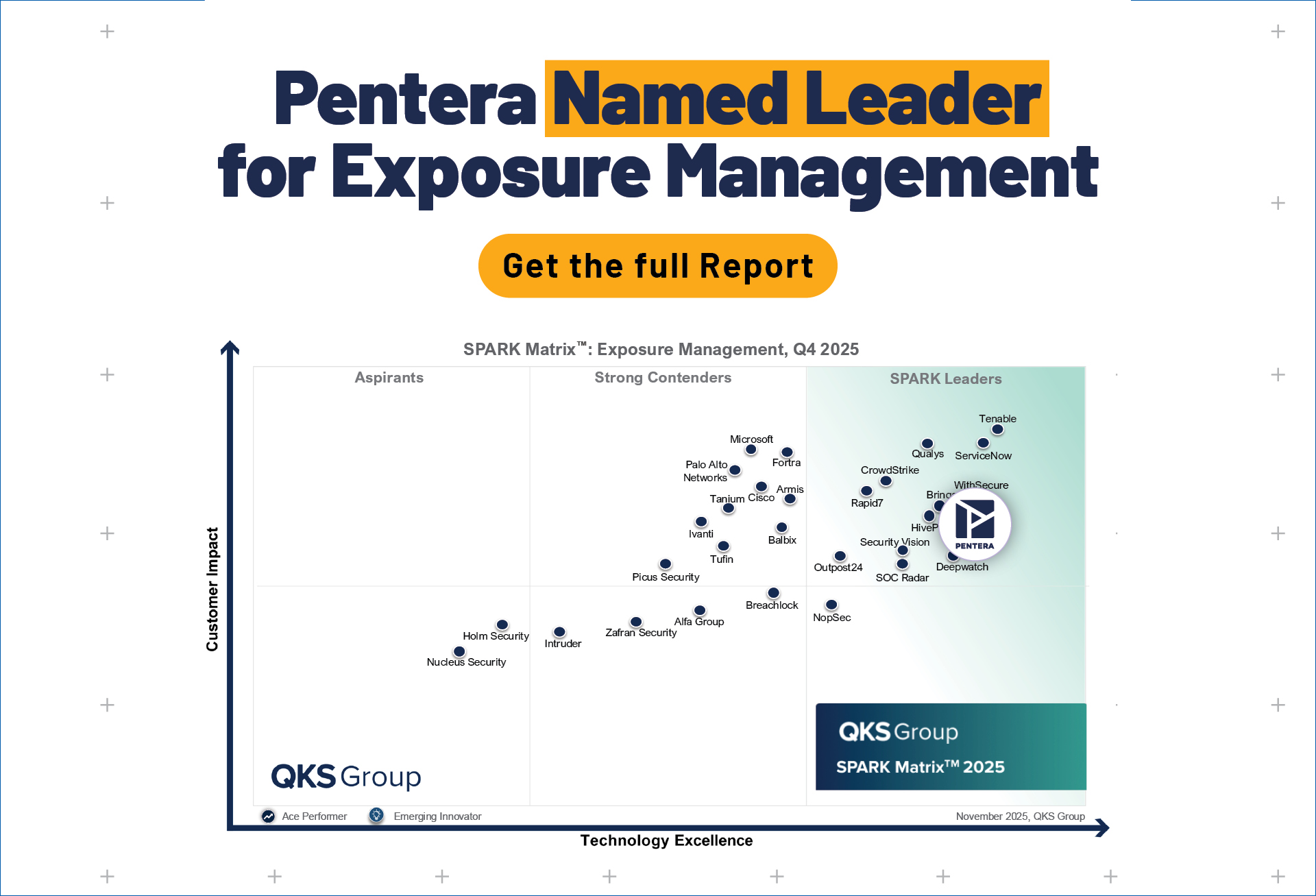What is Risk Prioritization?
Risk prioritization refers to a whereby security analysts systematically analyze and rank identified risks to establish an order for mitigation and remediation efforts. It is an essential process in cybersecurity, as it enables organizations to engage in effective enterprise risk management by addressing threats and vulnerabilities in the most optimal way.
Why is risk prioritization important?
Effective Risk Prioritization is fundamental to Vulnerability Management, ensuring that high-risk vulnerabilities are addressed promptly to maintain proactive security, helping organizations to determine where to focus their efforts and resources. By understanding which risks are most severe, organizations can allocate resources accordingly to mitigate and reduce overall business risk. This enables them to enhance their resilience by protecting vital assets and preventing operational disruptions to maintain business continuity.
What are the factors of risk prioritization?
There are several key factors that analysts consider when engaging in risk prioritization:
- Likelihood: The probability that an attack might occur.
- Impact: The possible consequences that a cyber incident could have on the organization.
- Asset value: The value of data assets or infrastructure that could be compromised in the event of an incident.
- Cost of remediation: The investment that will be required to enact remediation efforts, including money, time, and human resources.
- Regulatory Compliance: The potential for a compliance breach if a particular risk is not addressed.
What are the levels of risk prioritization?
When risks have been scored, they are typically broken down into four main categories: critical, high, medium, and low risk.
- Critical: Risks scored as “critical” are those that have a high likelihood and potential impact, posing a threat to organizational initiative and priorities. This could include events like the loss of vital data or administrative controls and can have severe implications, including complete network failure or shutdown of operations. They require immediate intervention and should take absolute precedence with regard to resource allocation.
- High: Risks in the “high risk” classification are those that are considered to have a high-to-medium likelihood and impact, representing an immediate possibility of systems being compromised. High-risk cyber events threaten high-value assets and significant disruption to operations, and require urgent remediation.
- Medium: Risks in this category are those which do not immediately threaten vital assets or organizations functions, but have the potential to develop into more severe risks if left unchecked. This can include events like the early detection of a virus, or the compromise of non-sensitive data, usually before any damage has occurred.
- Low: The “low risk” classification applies to threats that represent minimal impact or likelihood of an incident. These can include software vulnerabilities, passive reconnaissance activities, or phishing emails and are typically addressed through habitual proactive efforts, such as continuous monitoring, patching, and awareness training.
What challenges are associated with risk prioritization?
The challenges associated with risk prioritization include the following:
- Complexity: When dealing with IT environments that comprise a variety of interconnected systems, assessing and prioritizing risks effectively can be difficult.
- Subjectivity: The prioritization of risks can at times rely on the subjective judgments and interpretations of the analysts who must discern between them. As such, biases and inconsistencies can be a concern.
- Resource constraints: When dealing with a variety of risk types, organizations may struggle to address risks effectively due to insufficient time, money, or skilled personnel.
- Evolving threats: Threats are constantly evolving, so security teams must practice dynamic and proactive security, engaging in continuous monitoring, analysis, and assessment in order to implement risk prioritization effectively.
Prioritizing risks for efficient posture enhancement
Risk prioritization is a critical aspect of effective cybersecurity as it enables security teams to make intelligent, informed decisions in remediation. By providing a framework for understanding and ranking risks according to their potential impact and urgency, risk prioritization can empower organizations to address the most pertinent risks first. In doing so, they can protect their most essential assets and functions to enhance their resilience, maintain continuity, and strengthen their overall security posture.
What tools and technologies support risk prioritization?
Security analysts leverage many different tools in risk prioritization. These include risk assessment risk scoring models, risk management platforms, and threat intelligence feeds, which provide them with the insights they require to discern between risks and rank them accurately.
How often should risk prioritization be conducted?
Risk prioritization should be conducted on a routine basis as part of a continuous risk management approach. Risk prioritization strategies should also be evaluated periodically to account for changes to regulatory requirements and developments in the threat landscape.
What are the different approaches to risk prioritization?
Risk prioritization approaches differ mainly in whether they handle risk assessment using qualitative or quantitative methods.
Qualitative risk assessment relies primarily on frameworks like risk matrices and the personal judgments of expert analysts when it comes to scoring and prioritizing risks. This allows for swift prioritizations, with the downside of potential inconsistencies resulting from subjective decision-making.
Quantitative risk assessment, on the other hand, involves the use of risk scoring models and probabilistic assessment, leveraging data to calculate risk scores. While more objective, this method is considerably more complex and time-consuming to employ.
Both approaches have benefits and drawbacks. Consequently, it is increasingly common for organizations to implement a hybrid approach. In such approaches, qualitative assessment often provides insight relating to contextual factors such as organizational goals and structure and the external threat landscape, while quantitative assessment is utilized to assign precise numerical values where objective metrics can be applied.
Identify and prioritize vulnerabilities effectively.
Review impact of proven attack paths to identify your riskiest security gaps.


